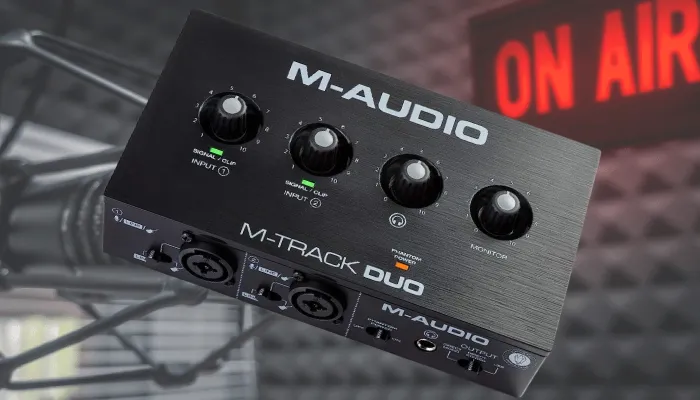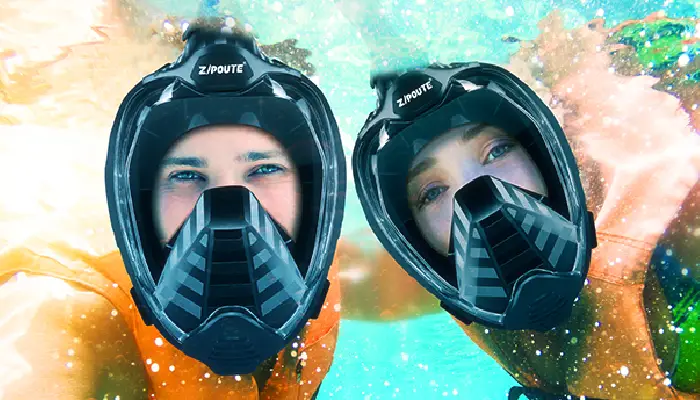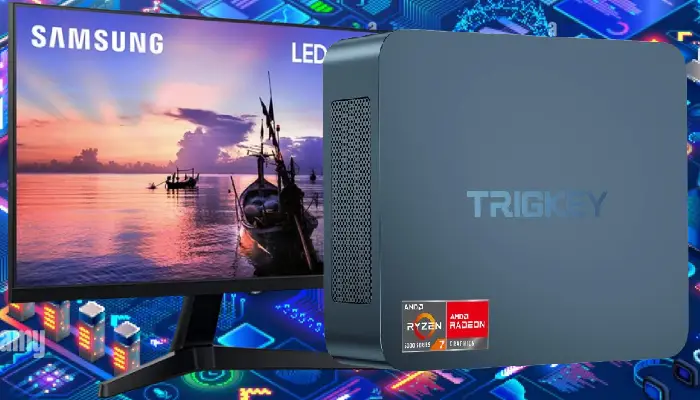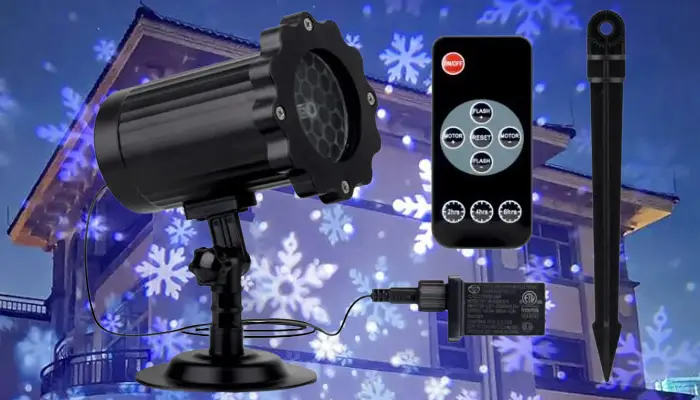Hello, fellow explorers! Let me share a twist in my adventure tale – the day I bought a Geiger counter. It wasn’t just a spontaneous purchase; it was born out of curiosity, a touch of concern, and a whole lot of ‘why not?’
The Spark of Curiosity:
Why a Geiger Counter?: My journey began with a documentary on Chernobyl. The haunting images of silent but dangerous radiation intrigued me. Could something so invisible yet potent be lurking around my world, too?
The First Click: Holding the radiation detector for the first time, I felt like a detective uncovering mysteries of the unseen world. It wasn’t about fear; it was about understanding and awareness.
Adventures of a Radiation Detective:
Everyday Surprises: From antique clocks to bananas, my radiation detector device showed me the hidden quirks of radiation in daily life. Each beep was a revelation – sometimes surprising, often reassuring.
The Serious Side: Beyond the novelty, the radiation detector device served a crucial role. It reassured me about the safety of my living environment, and it became an essential tool in my travel kit, especially when visiting places with a known history of radiation.
Choosing My Radiation Companion:
Not Just Any Detector: I chose my Geiger counter for its ease of use, reliability, and the fact that it didn’t need a PhD to operate. The idea was to have a practical, approachable tool, not a complicated scientific instrument.
My Trusty Sidekick: What started as a curiosity has become a constant companion on my adventures, adding safety and knowledge to my explorations.
- The Apocalypse Chronicles: Picture this – it’s another typical Tuesday… or so I thought until I found myself in the midst of what seemed like the apocalypse! There I was, armed with nothing but canned beans, a flashlight, and my trusty Geiger counter. My nuclear radiation detector beeped away as the chaos unfolded around me, guiding me through a landscape that felt straight out of a sci-fi movie. Radiation? No problem. Mutant creatures? Bring it on. That little device didn’t just measure radiation; it measured my odds of being the last person standing – with a sense of humor, no less!
- A Story of Survival (with a Twist): Dodging imaginary radioactive hotspots and leaping over debris (well, more like small puddles and garden gnomes), I navigated the perilous backyard of my imagination. Each beep of the radiation detector device was a step closer to survival – or at least to the best cup of coffee I’ve had since the world ‘ended.’
- Back to Reality: Okay, let’s reel it back to reality. While my apocalyptic adventure might have been a figment of my overactive imagination (blame the caffeine), my experience with the nuclear radiation detector was as real as it gets. It’s a device that’s not just for the likes of scientists and preppers but for anyone curious about the unseen world around us.
In all seriousness, from understanding everyday radiation sources to being prepared for unexpected scenarios, this little gadget has been a revelation. So, let’s dive into why a Geiger counter could be an intriguing addition to your life – no apocalypse required!
- Not All Detectors Are Equal: If you want to get your own, remember that not all radiation detectors are identical. Some are super sensitive, some have digital screens, and others can even connect to your phone!
- My Trusty Companion: My radiation detector device is a constant companion, whether exploring the wilderness or tinkering in my workshop. It’s like having an extra sense – one that could potentially save lives.
Choosing the Best Radiation Detector:
Having a Geiger counter has opened my eyes to a world that’s always been there but was invisible to me. It’s not just about safety; it’s about curiosity and learning. Sure, it’s a serious tool for serious stuff, but it’s also an amazing way to explore the world in a way most people never think about. So, if you ever get the chance to play around with one, I say go for it! Who knows what you might discover?
- Preppers’ Perspective: We often talk about being ready for anything in the prepping world. Well, my Geiger counter has added a whole new dimension to that readiness. Think of it as the Swiss Army knife in the world of radiation detection – compact, reliable, and surprisingly handy.
- Radiation Readiness: For my fellow preppers, this little gadget is more than just a cool toy; it’s about being one step ahead. Whether it’s checking for contamination in your area post-disaster or ensuring that your water source is safe, a radiation detector device can be your silent guardian.
- The Prepared Explorer: With this device, I’ve transformed into an explorer, detective, and prepared survivalist. It assures me that I can face the invisible challenges that come my way, be it in everyday life or more critical survival situations.
Introduction: Ever wonder how those nifty gadgets in sci-fi movies detect radiation? That’s a Geiger counter for you! But don’t worry, you don’t need to be a nuclear physicist to understand how it works. Let’s break it down into simple, ‘for dummies’ terms.
The Basics:
- What It Is: A nuclear radiation detector, also known as a Geiger-Müller counter, is a device that helps detect and measure radiation. Think of it as a kind of radiation radar.
- The Invisible Made Audible: It’s all about making the invisible world of radiation visible or audible. The device clicks or beeps in the presence of radiation, increasing the click rate as you get closer to the source.
How It Works:
- The Core Component: At the heart of the Geiger counter is a tube – the Geiger-Müller tube. Inside this tube is a special gas.
- Radiation Strikes: When radiation (like alpha, beta, or gamma rays) enters the tube, it interacts with the gas, creating charged particles.
- The Amplification: These particles then trigger an electrical process that amplifies even a single particle into a noticeable signal.
- The Clicks and Beeps: This amplified signal is what you hear as the familiar click or beep. More radiation equals more clicks, indicating higher levels of radiation.
What It Tells You:
- Radiation Levels: The Geiger counter doesn’t exactly tell you what kind of radiation you’re encountering, but it does tell you how much there is. It’s like hearing rain on a rooftop; you know it’s raining, but you can’t see the raindrops.
Conclusion:
There you have it – a Geiger counter demystified! It’s essentially a super-sensitive device that turns the invisible rays of radiation into something we can detect with our ears. Whether you’re a science enthusiast, a safety-conscious individual, or just plain curious, understanding how a radiation detector works is pretty cool and surprisingly straightforward.
You know, I’ve always been fascinated by those ghost-hunting shows and the gadgets they use. And guess what? Some paranormal investigators actually use radiation detectors, like Geiger counters, in their ghost-hunting adventures. Sounds like something out of a movie, right? But here’s the scoop on how they use them and what they’re looking for.
The Ghostly Radiation Theory: So here’s the deal – some ghost hunters think that if there’s something spooky going on, like a ghost or spirit, maybe, just maybe, it could cause a blip in radiation levels. That’s where the radiation monitor comes in. They walk around haunted places, and if the device starts clicking more than usual, they think it might be a sign of paranormal activity.
Mixing Science with the Supernatural
Checking Out the Unusual: When I tried this out (yes, I actually did!), I used the Geiger counter to see if there were any weird radiation spikes in this old, supposedly haunted house. The idea was that if I got a sudden spike in radiation at the same time something eerie happened, it could be a clue that something paranormal was up.
But Let’s Be Real Here
Now, I have to say, the whole idea is pretty out there, scientifically speaking. No evidence or scientific basis exists to say that ghosts or paranormal entities give off radiation. Most scientists would tell you that if you get a radiation spike, it’s probably something way more mundane, like natural variations or some man-made source nearby.
Wrapping It Up
So, do I think radiation detectors can spot ghosts? Well, it’s a fun idea for a ghost hunt, but I’m not holding my breath for conclusive proof of the paranormal with a Geiger counter. It’s more about the thrill of the hunt and the mystery, you know? But who knows, maybe one day we’ll find out something new and mind-blowing in those haunted hallways!
Using a radiation detector device for paranormal investigation is definitely one of the more unusual uses, but it’s not the only one out there. Let me share a few other quirky ways people have used these devices:
1️⃣. Artifact Authentication and Vintage Collectibles:
- Authenticating historical artifacts, like Uranium glass.
- Identifying unique vintage items, including jewelry and clothing with radioactive elements.
2️⃣. Art, Education, and Interactive Exhibitions:
- Used by artists in radiation-themed installations.
- Employed in educational settings for teaching about radioactivity.
- Featured in museum exhibits for interactive learning experiences.
3️⃣. Environmental Monitoring and Protection:
- Tracking environmental radiation post-nuclear accidents.
- Detecting illegal dumping of radioactive waste.
- Monitoring wildlife in areas affected by radiation.
4️⃣. Space Exploration and Research:
- Measuring cosmic radiation in space missions.
- Contributing to studies on the impact of radiation on astronauts.
5️⃣. Personal and Public Safety Applications:
- Testing for radon gas in homes.
- Used by preppers for survivalist and emergency preparedness.
- Identifying contaminated food or areas in post-disaster scenarios.
6️⃣. Hobbyist and Recreational Activities:
- Thrift shopping enthusiasts use them to find radioactive antiques.
- Amateur scientists conducting backyard experiments.
- Paranormal investigators exploring unexplained phenomena.
7️⃣. Presidential Safety:
- The U.S. Secret Service reportedly uses radiation detectors to ensure the safety of the President and other high-profile individuals, especially during public events, to prevent radiological threats.
Conclusion:
Geiger counters, far from being limited to scientific labs, find their way into various aspects of life and hobbies. From space travel to thrift shopping, these devices open up a world where science meets curiosity, history, and even art.
The Geiger counter, one of the most well-known radiation detectors, was invented in 1908 by German physicist Hans Geiger. It was later improved by Geiger and Walther Müller in 1928, hence sometimes referred to as the Geiger-Müller counter.
Let me tell you about this cool thing I learned recently: radiation is everywhere! I mean, who knew? This invisible energy is part of our everyday life, and we don’t even notice it. So, there I was, finding out that the ground we walk on, the granite countertops, and even outer space are all sources of natural radiation. It’s like the earth, and the stars have their own little buzz that we’re just living in.
But here’s the twist – we humans add our own spin to this. Ever had an X-ray at the dentist? That’s a dose of radiation right there. And those smoke detectors in our homes? Yep, they’ve got a bit of radioactive material too. Oh, and get this – bananas. Yes, bananas! They give off tiny amounts of radiation because of the potassium in them. Mind-blowing, right?
So, how do we make sense of all this? That’s where my radiation detector comes in – a radiation detector. It’s like having x-ray vision in your hand. You can actually measure all this hidden radiation around you. Ever since I got one, it’s been an eye-opener. I go around checking stuff, and it’s like unlocking a secret level in a video game. So, the next time you munch on a banana, just think about the amazing invisible world of radiation that’s all around us. It’s pretty awesome when you start to see it! 🍌✨🔍
🛫 High-Flying Radiation Workers: I was surprised to learn that pilots and flight crews are up there, battling turbulence and cosmic radiation! And guess what? They’re technically “radiation workers.” Just think, flying through the skies with a bit more adventure than we realized! Kind of gives a new meaning to ‘frequent flyer,’ doesn’t it? Source: IAEA
🌲 The Zombie Forest Near Chernobyl: Have you heard about the Red Forest near Chernobyl? It’s like a scene out of a horror movie! Trees turned into a forest of the undead. They absorbed so much radiation they died, but then… just didn’t decompose. It’s like nature hit the pause button because the normal decomposers couldn’t do their job. Creepy, right? Source: IAEA
🍄 Radiation-Munching Fungi: Speaking of Chernobyl, this fungus is not just surviving but thriving in high radiation. It’s like a little superhero using melanin to turn radiation into energy. It’s like plants with photosynthesis, but way cooler. Imagine that – fungi that could snack on cosmic rays in space! Source: IAEA
🛡️ Setting the Safety Bar: Did you know there are international bodies like the ICRP and IAEA that decide how much radiation exposure is safe? They’ve got these guidelines to keep radiation exposure as low as possible. It’s like having a global rulebook for playing it safe with radiation. Source: IAEA
🔬 Radioactive Science Kits for Kids: And here’s a fun historical tidbit – back in the day, kids could get science kits with actual radioactive materials and Geiger counters. It was like giving them a mini lab to explore atomic energy. Talk about a hands-on science lesson! Source: IAEA
| Factor | Considerations |
|---|---|
| Radiation Types | Sturdy build for the intended environment? |
| Sensitivity | Is it sensitive enough for your detection needs? |
| Accuracy & Calibration | Does it come pre-calibrated? Need for recalibration? |
| User-Friendly | Is it easy to operate, especially for beginners? |
| Display | Is the display clear and digital? Backlighting? |
| Portability | Handheld, lightweight, good battery life? |
| Durability | Sturdy build for intended environment? |
| Data Features | Data logging, USB/Bluetooth connectivity? |
| Budget | Does it align with your price range? |
| Reviews & Brand | Positive feedback and reputable brand? |
| 1️⃣ Calibration Check | 📅 Look for the Calibration Label. 🔍 Ensure it’s within the Calibration Date. |
| 2️⃣ Battery Test | 🔋 Switch to Battery Test Mode. ✅ Confirm the indicator stays within the Test Range. |
| 3️⃣ Power Up & Settings | 💡 Turn On the Geiger counter. 🔊 Activate Audio Signal (if available). 🔧 Set to the Right Sensitivity Level. |
| 4️⃣ Scanning Procedure | 🔄 Slowly Scan the Area/Object. 📏 Keep about 1-2 inches above the surface. 🎵 Listen for Audio Signals or watch the Display. |
| 5️⃣ Reading the Scale | 📈 Understand your device’s Scale (e.g., counts per minute, milliroentgen per hour). 🧮 Some models need Scale Multiplication based on settings. |
| 6️⃣ Result Interpretation | 🔔 Rapid beeping/high reading = Higher Radiation. 🚫 Note: Can’t differentiate between Radiation Types. |
🚨 Safety First!
🧤 Always use Safety Gear when dealing with potential radiation.
And there you have it, folks! We’ve zapped through the ins and outs of Geiger counters, navigated the cosmic rays of purchasing tips, and even had a cheeky peek into the quirky uses of these fascinating gadgets. Whether prepping for a sci-fi-esque adventure in your backyard or ensuring that your bananas aren’t going rogue with radioactivity, a radiation detector device can be your trusty sidekick.
Remember, buying a Geiger counter isn’t just a purchase; it’s an entry ticket to the exclusive club of radiation enthusiasts. You’ll be joining the ranks of space explorers, vintage treasure hunters, and maybe even the odd ghost hunter (spooky beeps included). So, strap on your radiation-detecting cap, and let’s turn those invisible mysteries into a click-clacking symphony of discovery. Who knew science could be this much fun? Just don’t forget to check if your coffee is glowing before you take a sip – just kidding, or am I? ☢️👻🔍
So, you’re now practically a Geiger counter pro – ready to detect, explore, and maybe even save the world from a radioactive banana or two. But why stop there? Let’s gear up and expand your arsenal of cool gadgets for the ultimate adventure!
🌙 Seeing in the Dark: Pair your radiation detector with some Night Vision Binoculars for those late-night explorations. Who knows what lurks in the dark? Plus, you’ll feel like a secret agent – a bonus!
🔋 Power Up Anywhere: Keep all your gadgets, including your trusty Geiger counter, juiced up with the Jackery 1000 Portable Solar Generator. It’s like having a power station in your backpack. Apocalypse or camping trip, you’re ready!
🧊 Chill Out: Store your snacks or scientific samples in the Alpicool C15 Portable Freezer. Who said science expeditions couldn’t have chilled beverages?
🔌 Stay Connected: Keep your phone charged with a Hand Crank Phone Charger in the wild or off the grid. A little elbow grease, and you’re back online to Instagram your discoveries.
🛰️ Never Get Lost: Lastly, when you’re out there detecting radiation or chasing aliens, stay connected with the Spot X Satellite Messenger. It’s your lifeline when you wander a bit too far into the unknown.
So, there you have it – your very own slightly quirky, high-tech adventure kit. From Geiger counters to night vision goggles, you’re all set to explore the world (or maybe even otherworldly realms). Just remember, in the world of gadgets, more is always merrier!


















